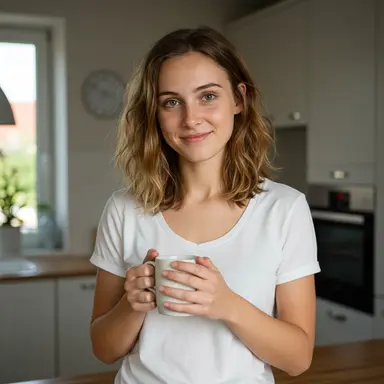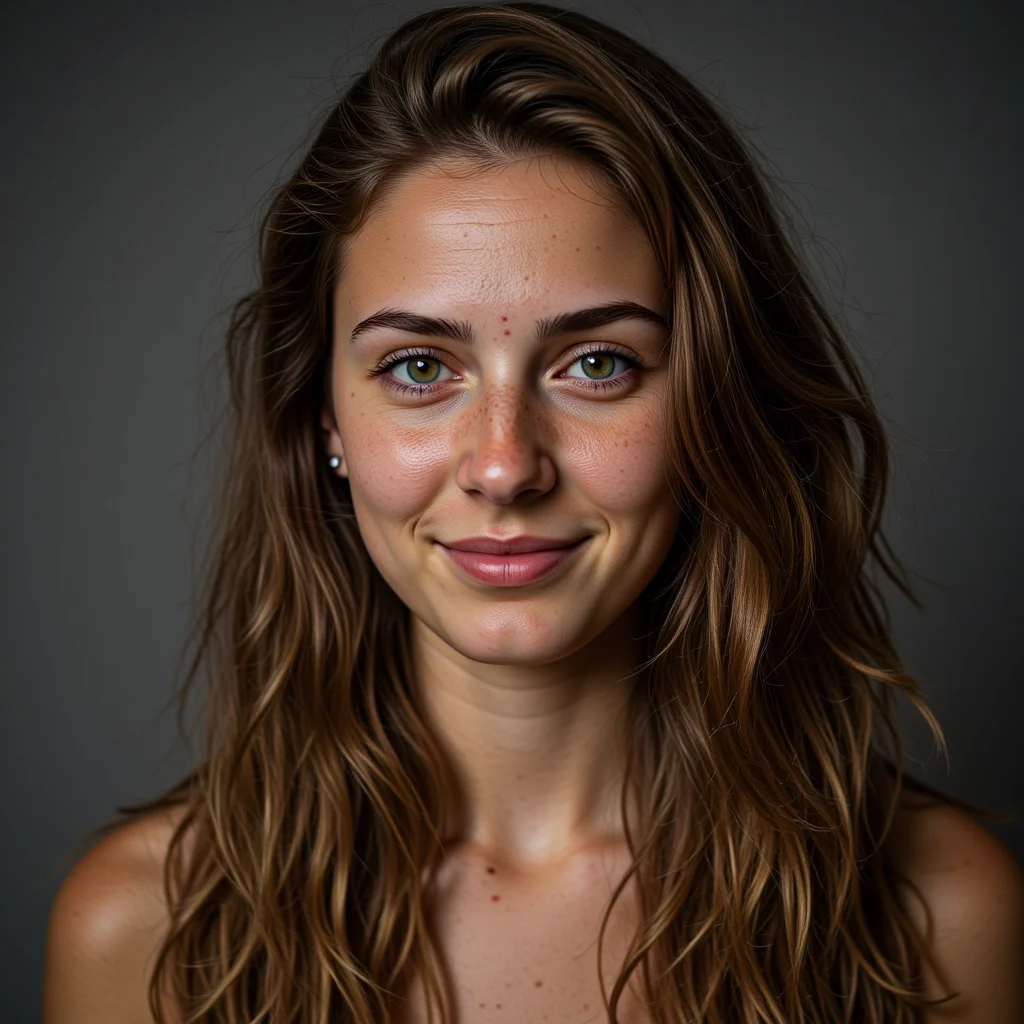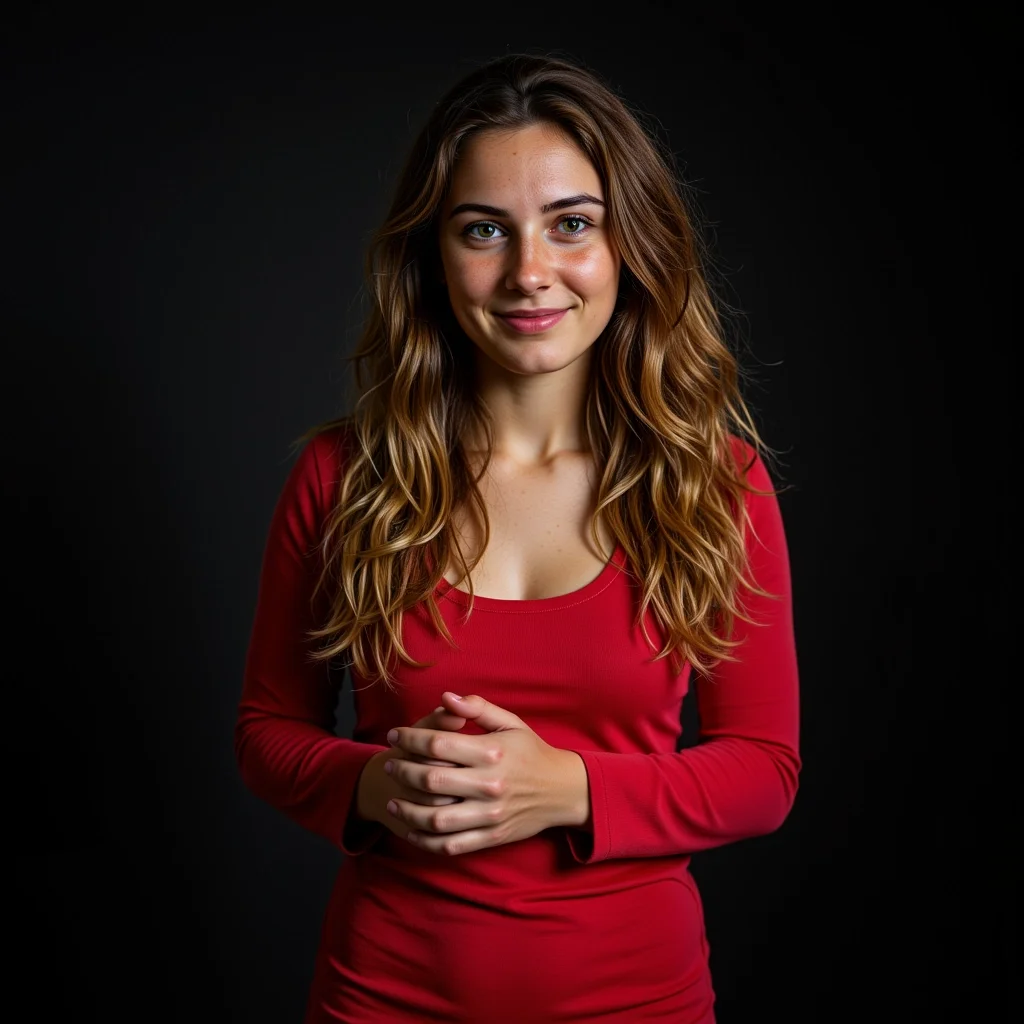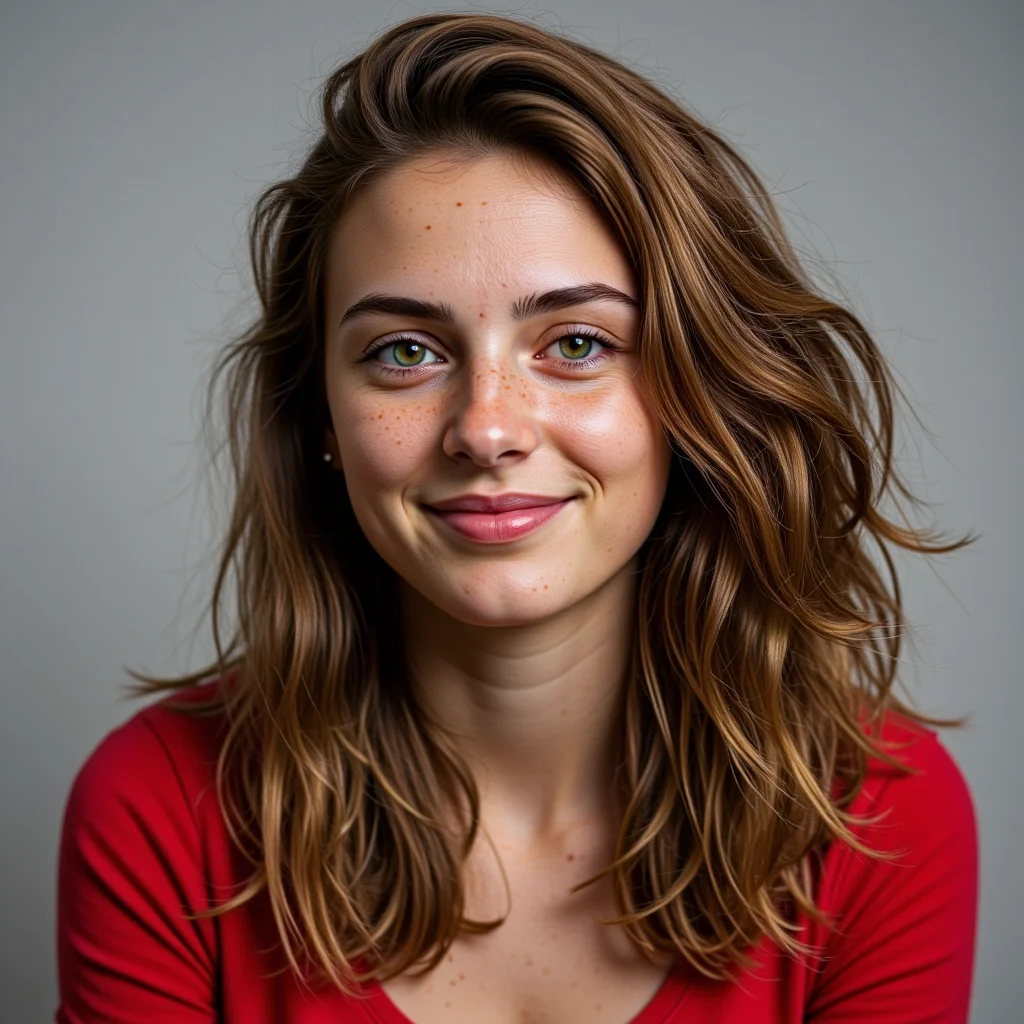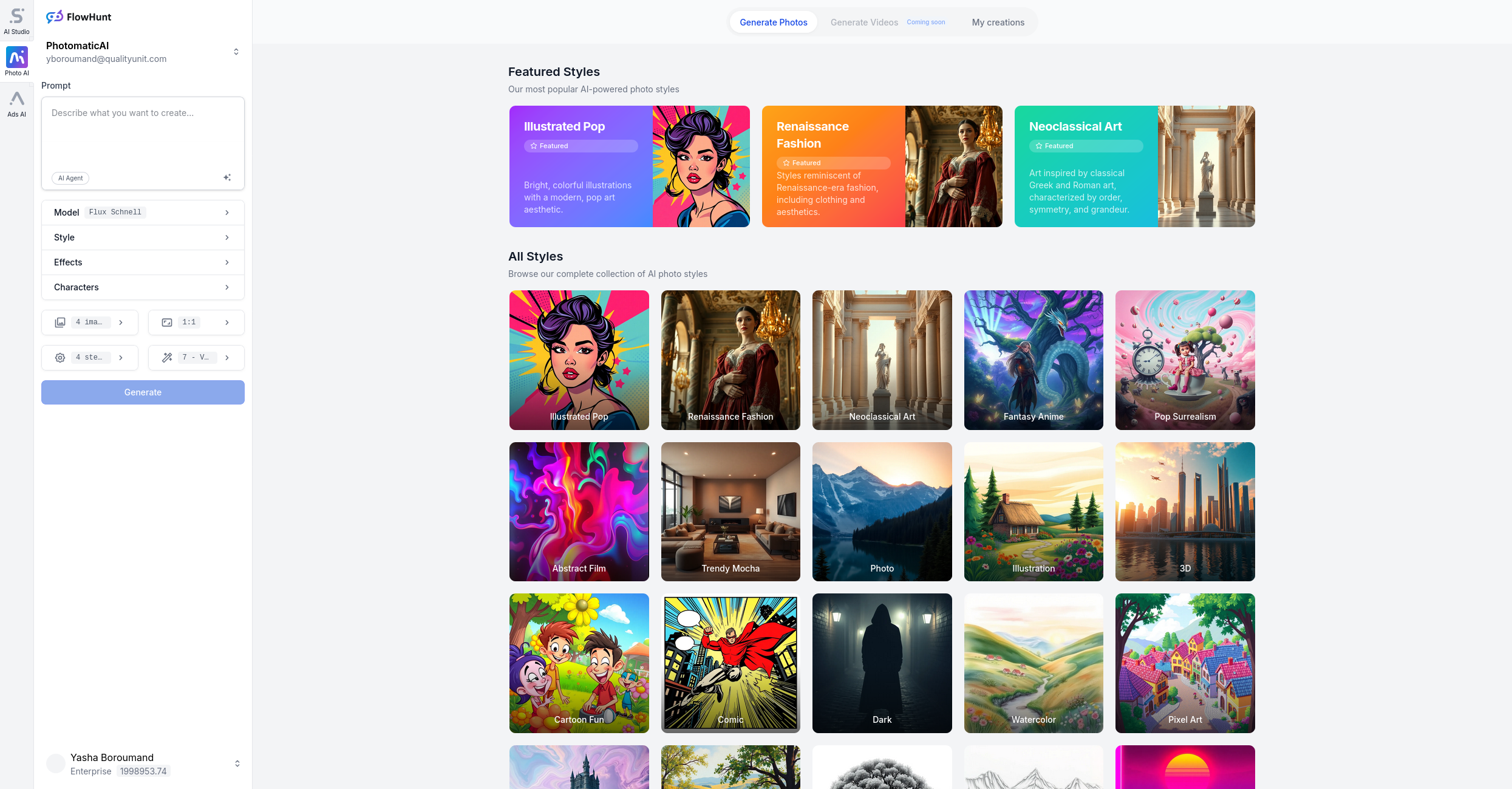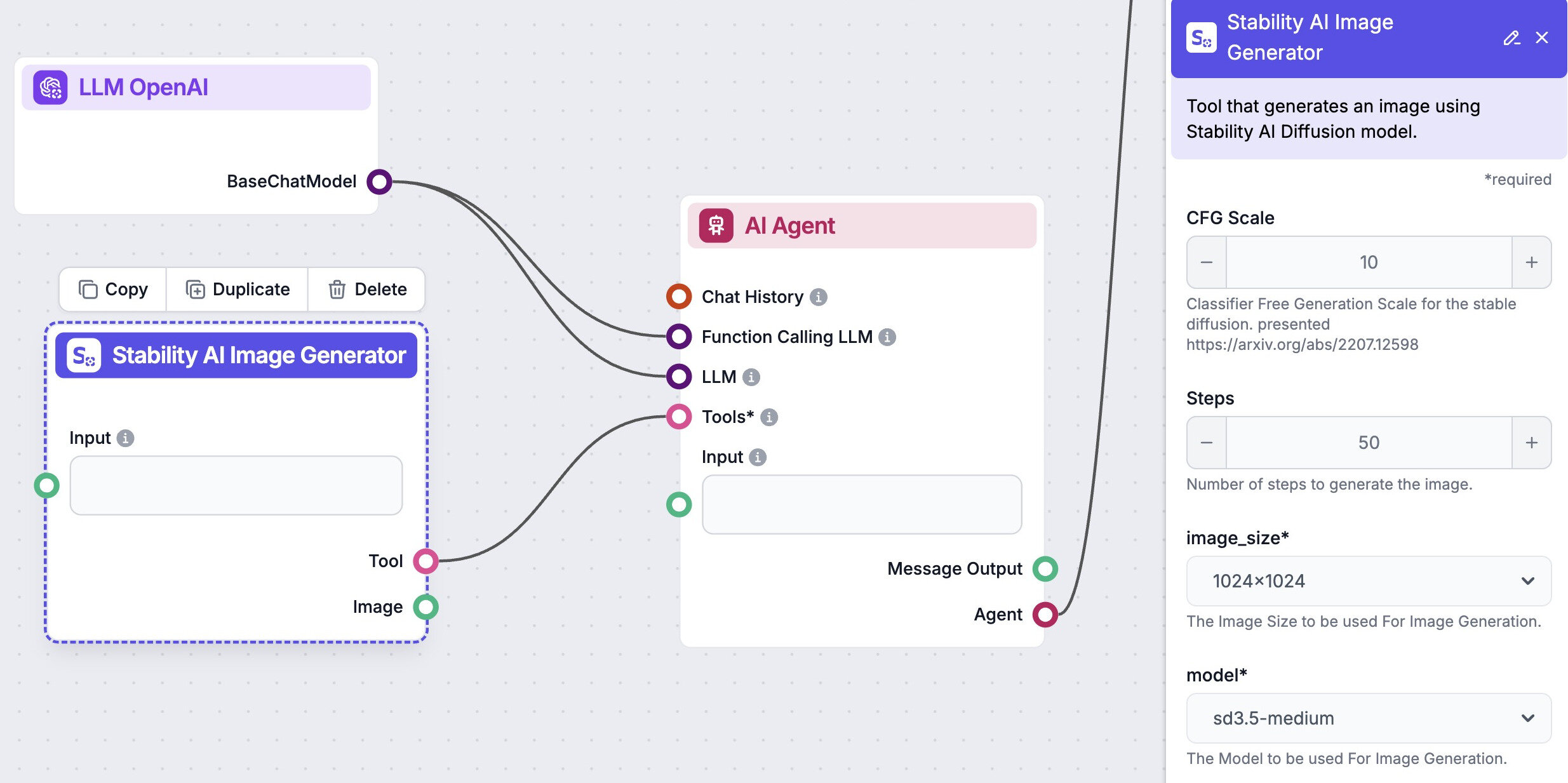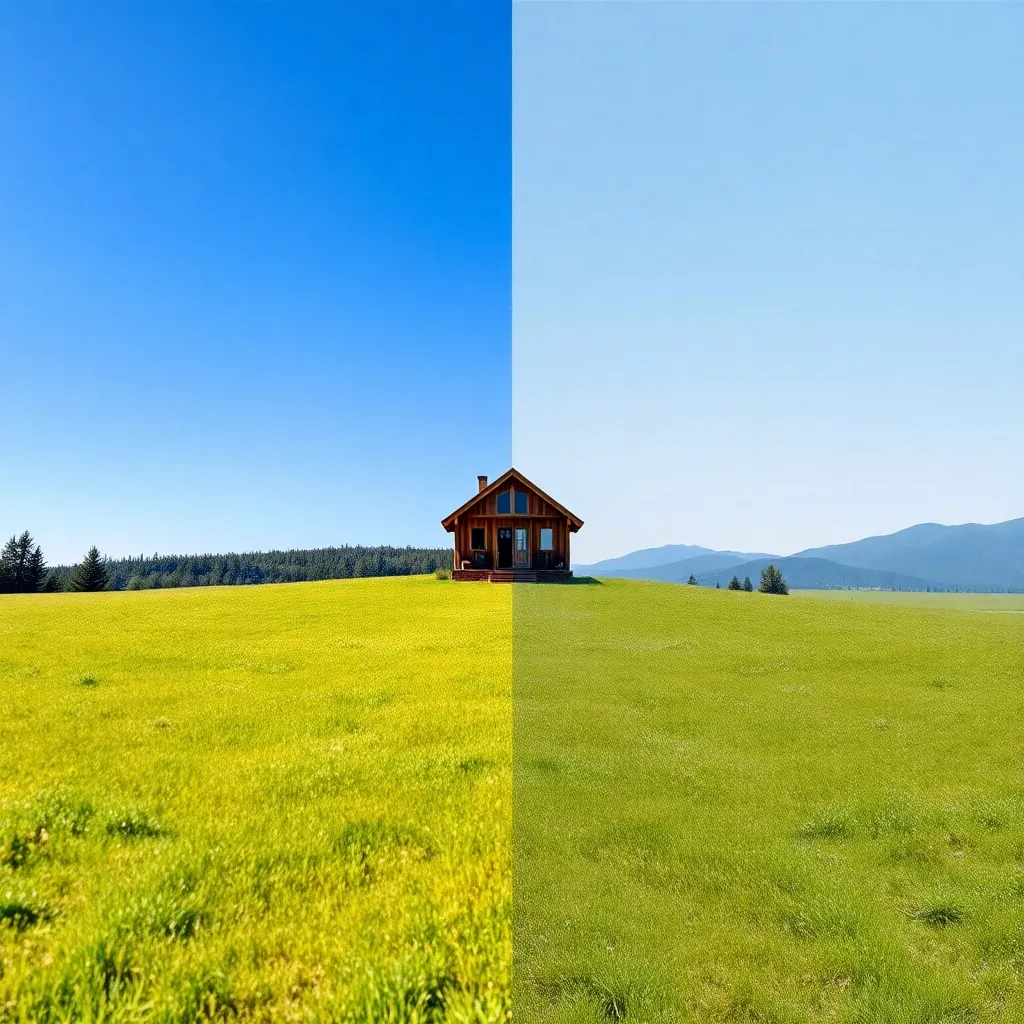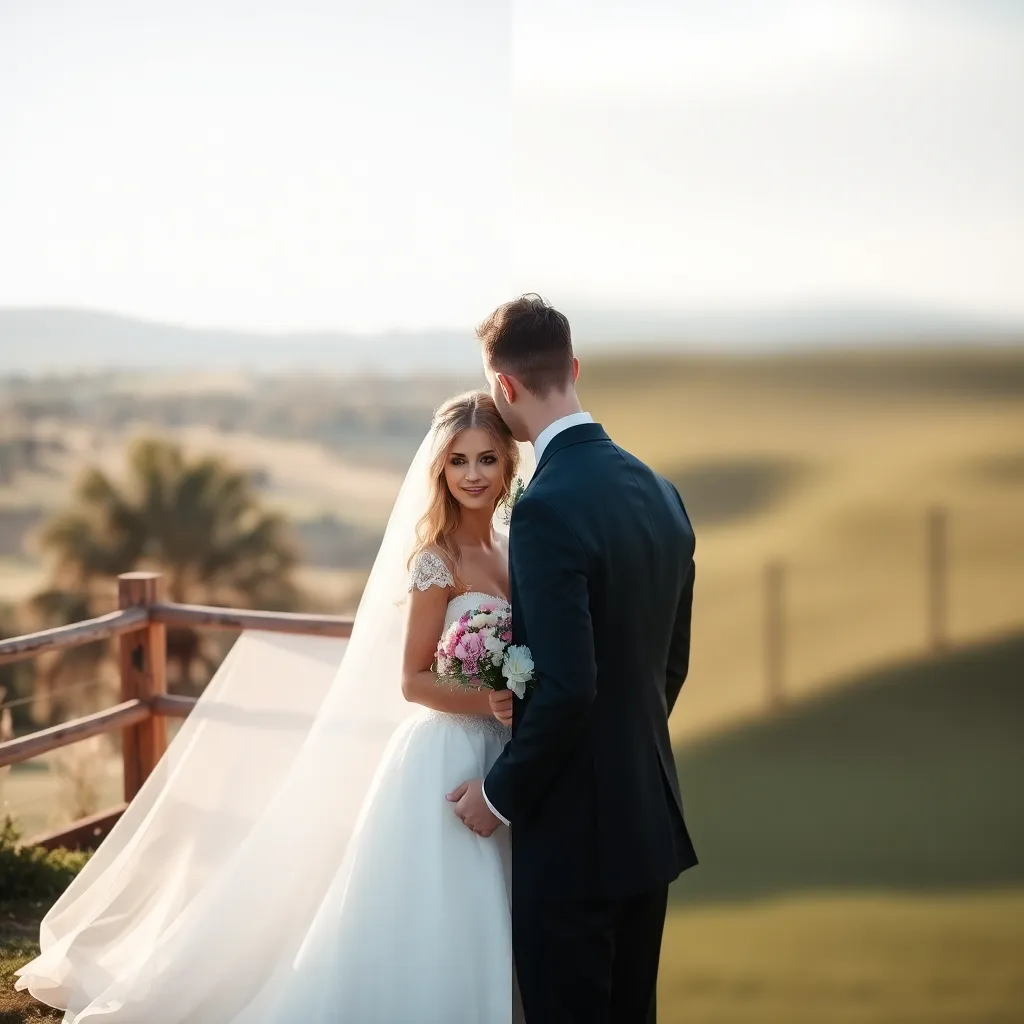
Portrait Style Photo Generator
Portrait Style in photography captures the essence, personality, and mood of a subject, using expert lighting, composition, and background techniques. This time...
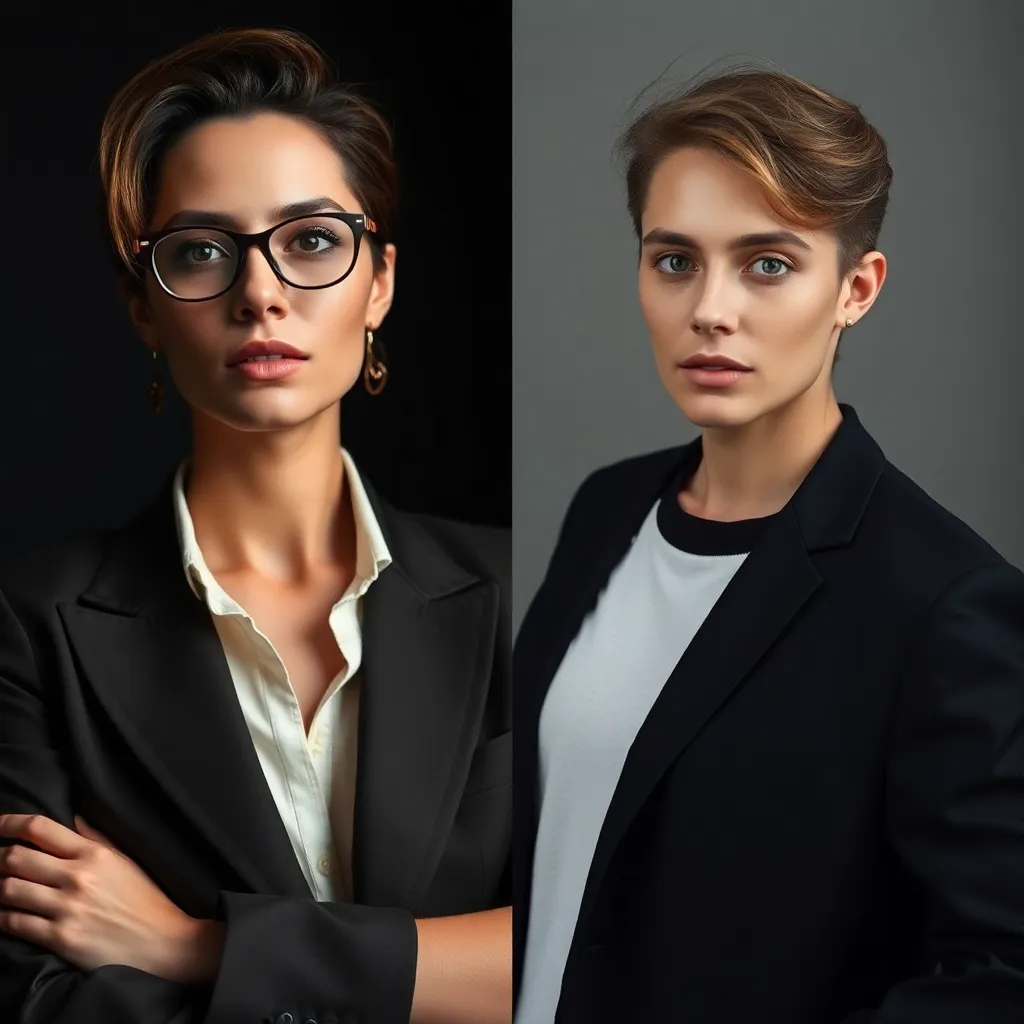
Style
Editorial Portraits style is a dynamic photographic approach that emphasizes storytelling, personality, and visual impact. Often used in magazines, advertising, and campaigns, this style combines creative direction, professional lighting, and compelling compositions to produce images that are both visually striking and deeply expressive. Editorial Portraits elevate subjects beyond traditional portraiture, making them ideal for features, interviews, fashion spreads, and awareness campaigns.
Train AI Image Models
Train a unique character from your own everyday photos, apply the ready to use Editorial Portraits AI Image Generator to generate interesting and eye-catching images.
Starting point for AI training is set of your images. More images of same character can be added to improve the model.
Apply ready to use styles and effects on pretrained model or use custom prompt to generate images.
Images generated from the pretrained model
Experience the power of Editorial Portraits style with our Photomatic AI image generator. Easily create compelling, high-quality editorial portraits for your projects—perfect for magazines, campaigns, and more. Try it now and make your visuals stand out!
Generate your own AI images with Editorial Portraits style
Editorial Portraits style is a distinctive approach in portrait photography that blends fine art, fashion, and documentary techniques to create images with impact and narrative depth. Unlike traditional portraits, which often focus solely on the subject’s appearance, editorial portraits aim to tell a story, evoke emotion, and communicate a message. This style is synonymous with magazine covers, feature articles, and high-profile campaigns, where the image is as much about the subject’s character or context as it is about their looks.
The roots of editorial portraiture trace back to the golden age of magazines in the early 20th century, when publications like Vogue and Time sought to reveal more about their subjects through creative direction, dramatic lighting, and innovative composition. Icons such as Richard Avedon and Annie Leibovitz revolutionized the genre, using environment, gesture, and mood to create timeless editorial portraits that both inform and inspire. Today, the style continues to evolve, adapting to new media and visual trends, but always prioritizing storytelling, personality, and visual impact.
Editorial Portraits style is favored by a wide range of professionals and organizations:
Editorial Portraits style elevates photography in several key ways:
Editorial Portraits style shines in contexts where a deeper narrative or stronger connection is desired. Here are key use cases:
Each of these use cases leverages the style’s strengths: visual storytelling, emotional resonance, and the ability to create a strong, lasting impression.
1. Collaborate with Your Subject: Great editorial portraits are a team effort. Discuss the story you want to tell, ask for input, and make your subject comfortable. Authentic emotion and expression are key.
2. Use Lighting Purposefully: Don’t just illuminate—shape the mood. Experiment with dramatic side lighting, soft window light, or even colored gels to evoke a specific atmosphere.
3. Compose Creatively: Break away from traditional headshots. Try dynamic angles, environmental context, or creative crops to add visual interest and narrative layers.
4. Direct with Intention: Guide your subject toward poses or gestures that reinforce the intended message or emotion. Subtle cues—like a turned gaze or relaxed posture—can make all the difference.
5. Pay Attention to Styling and Setting: Wardrobe, props, and background should align with the story or theme, enhancing the portrait rather than distracting from it.
6. Post-Process Thoughtfully: Editorial portraits often benefit from retouching and color grading, but avoid over-editing. Maintain texture, detail, and the integrity of your subject’s character.
Conclusion:
Editorial Portraits style stands at the crossroads of art, journalism, and commercial photography. Its enduring appeal lies in its ability to capture more than just a likeness—to tell stories, provoke thought, and inspire action. Whether for magazines, campaigns, or personal branding, editorial portraits are a powerful tool for anyone seeking to make a bold visual statement and connect with their audience on a deeper level. By embracing creativity, collaboration, and narrative, you can create editorial portraits that leave a lasting impact.
Automate your image generation with AI Agents
Editorial Portraits style is characterized by its narrative-driven approach, creative direction, and professional lighting. Unlike standard portraits, editorial portraits aim to tell a story, reveal personality, or convey a message, making them ideal for magazines, campaigns, and storytelling projects.
To achieve the Editorial Portraits look, focus on strong composition, expressive poses, and purposeful lighting. Collaborate with your subject to bring out authentic emotions, and use backgrounds and props that support the story or theme. Post-processing can further enhance mood and impact.
Editorial Portraits style is particularly effective for magazine covers, celebrity interviews, fashion campaigns, corporate features, art and culture stories, and social awareness campaigns. Its versatility allows for creativity across both commercial and artistic contexts.
Absolutely. Editorial Portraits can elevate business profiles by presenting executives and professionals in a more dynamic, visionary, and approachable manner. This style is often used in corporate magazines and leadership features.
Yes, Editorial Portraits style is highly effective for social media, as its bold, story-driven visuals attract attention, increase engagement, and help brands or individuals communicate their identity and message more powerfully.
Let us help you automate your marketing tasks. Our platform allows you to create custom AI chatbots, agents, and workflows that can handle a wide range of tasks, from customer support to content generation.
Generate professional marketing visuals in seconds. Our AI creates stunning images that maintain brand consistency across all your campaigns without expensive design services.
Produce large volumes of customized content efficiently. Create hundreds of images, blog posts, and marketing materials simultaneously with our AI automation workflows.
Train AI models on your brand assets to create unique, on-brand visuals for any campaign. Maintain consistent visual identity across all marketing channels with character training technology.
Portrait Style in photography captures the essence, personality, and mood of a subject, using expert lighting, composition, and background techniques. This time...
Photo Style is a photographic approach dedicated to achieving true-to-life color, lighting, and texture in images. This style prioritizes realism, clarity, and ...
The Wedding Photo style is a photographic effect that emphasizes romance, elegance, and emotional storytelling, capturing the essence of weddings with soft ligh...
